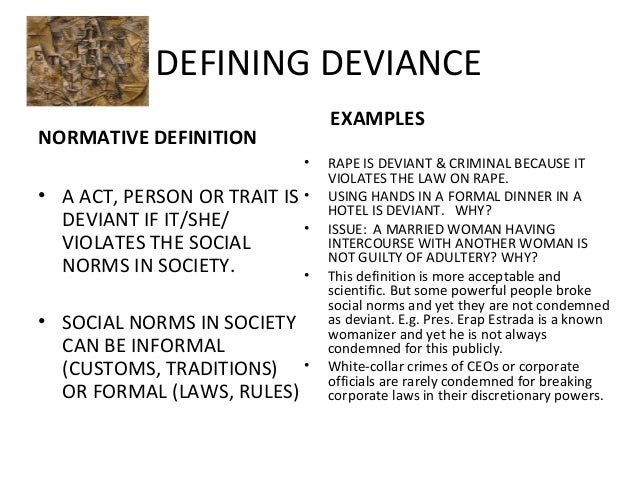
Avoiding situations that might trigger your obsessions.Telling, asking, or confessing to get reassurance.


Forbidden or perverse sexual thoughts or images.Inability to decide whether to keep or to discard things.Fear of losing or forgetting important information when throwing something out.Concern with a need to know or remember.Fear of harming others because of not being careful enough (example: dropping something on the ground that might cause someone to slip and hurt him/herself).Fear of being responsible for something terrible happening (examples: fire, burglary).Fear of blurting out obscenities or insults.Fear of violent or horrific images in one’s mind.Fear of acting on an impulse to harm others.Fear of acting on an impulse to harm oneself.

Household chemicals (examples: cleaners, solvents).Environmental contaminants (examples: asbestos, radiation).Compulsions are time consuming and get in the way of important activities the person values. Compulsions can also include avoiding situations that trigger obsessions. People with OCD realize this is only a temporary solution, but without a better way to cope, they rely on the compulsion as a temporary escape. Compulsions: Repetitive behaviors or thoughts that a person engages in to neutralize, counteract, or make their obsessions go away. They come with uncomfortable feelings, such as fear, disgust, doubt, or a feeling that things have to be done in a way that is "just right." They take a lot of time and get in the way of important activities the person values. He or she finds them disturbing and unwanted, and usually knows that they don't make sense. The person does not want to have these ideas. Obsessions: Thoughts, images, or impulses that occur over and over again and feel out of the person's control. Everyday Health: What are some common obsessions and compulsions of people living with OCD?


 0 kommentar(er)
0 kommentar(er)
